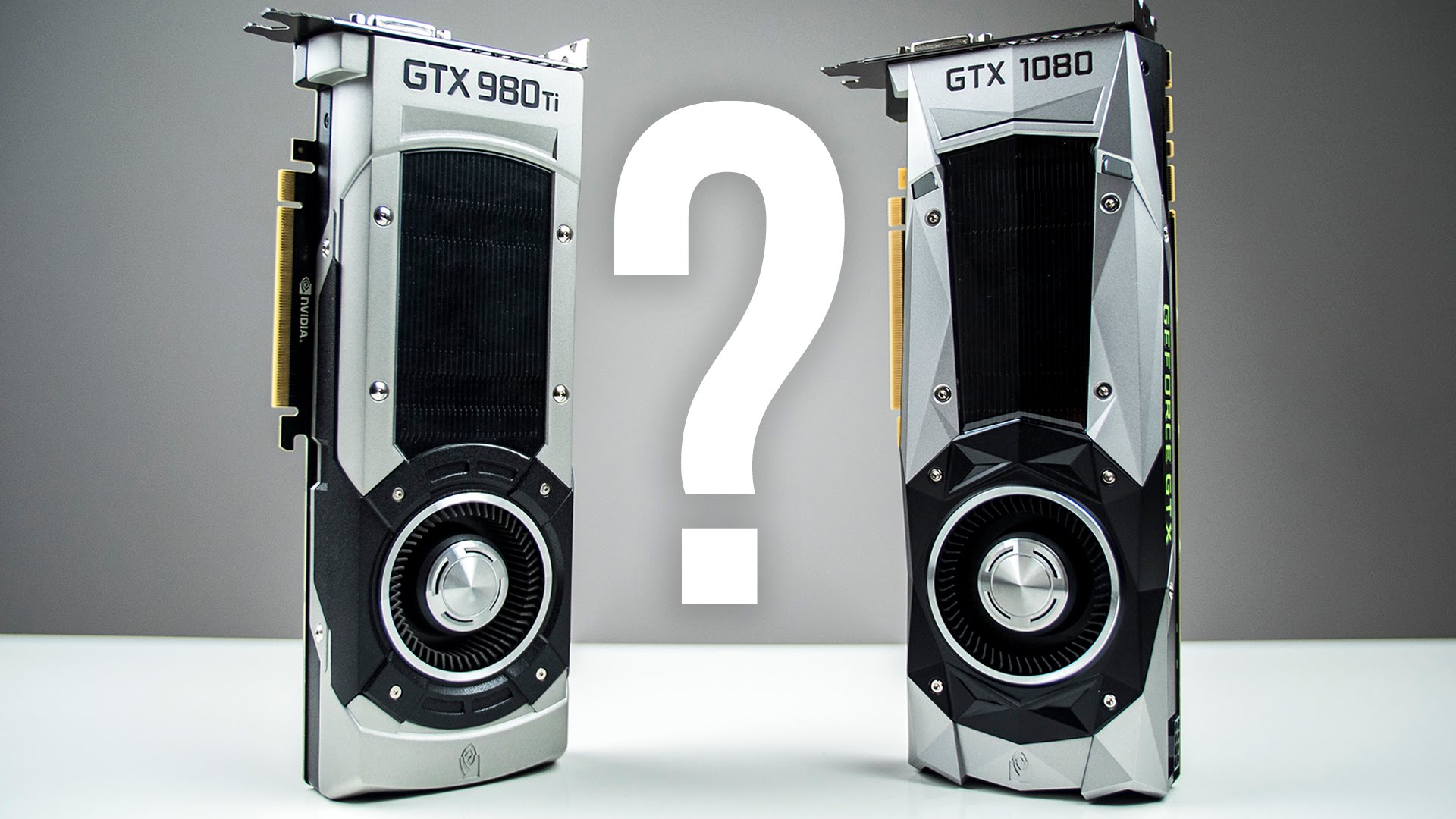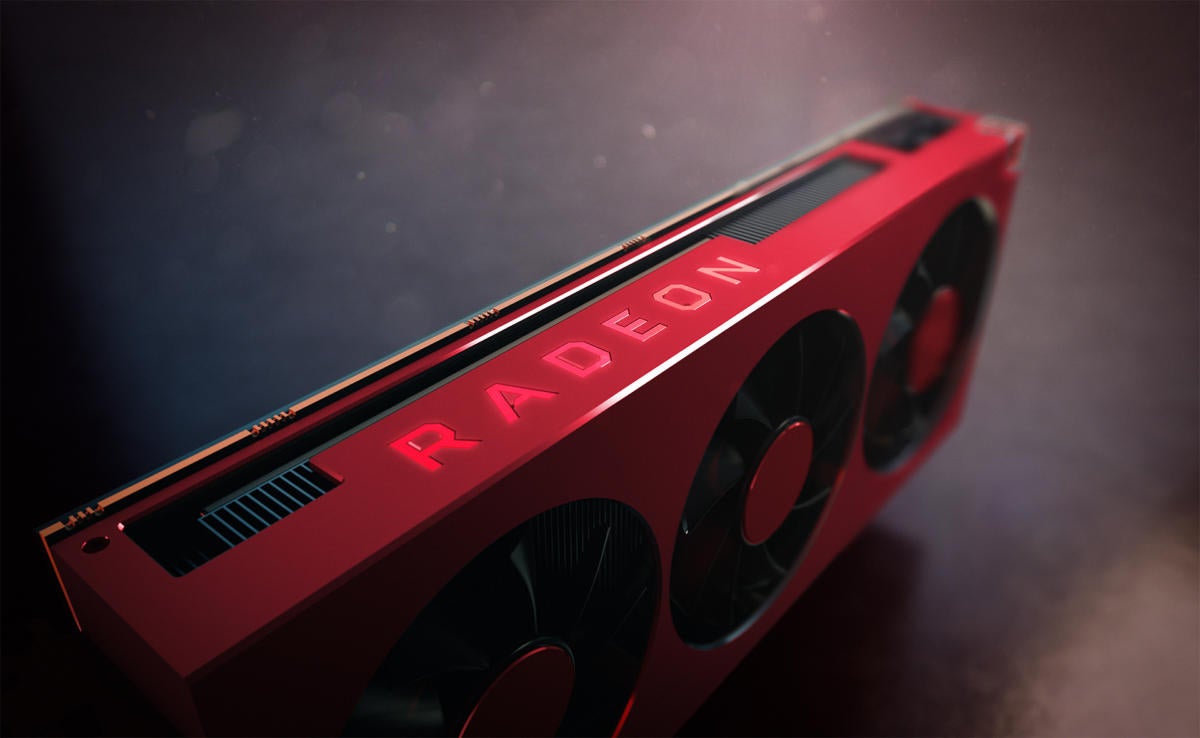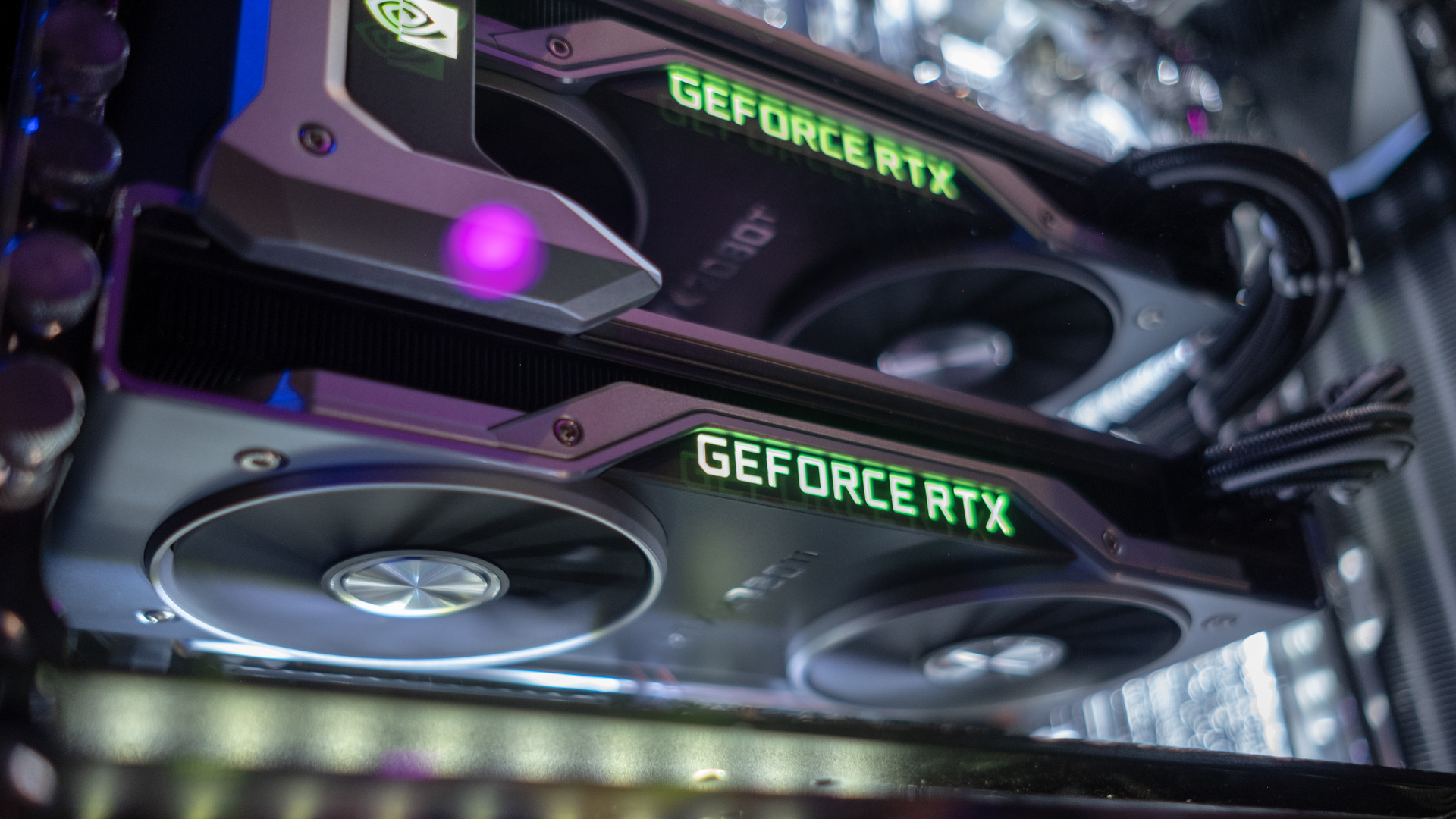Gawking Geeks sage tells you about GPU upgrades in 2020
With new GPUs around the corner, how much or if at all you should wait for your next graphics card? Gawking Guru has spoken.
The classical question of ‘when to buy a GPU’ is revisited in 2020. You have three solutions to this query. One, wait till your GPU holds you back (why fix when it’s not broken). Two, if you want to upgrade badly, do not overspend on something, if the new generation is close to the launch. Three, spend money when the new-gen comes, and supply chain reaches saturation.

Option 2 and 3 would be considered in detail if you are aiming to get into the high-end segment. NVIDIA and AMD generally launch their high end and extreme GPUs when transitioning to a new architecture, followed by the midfield cards and then the entry-level ones. So, if you are eyeing on something in the high-end segment, the wait won’t be long. Especially, if you consider what all is slated to launch in 2020. AMD is aiming to drop the Big Navi, RDNA 2, Navi 2x. Nvidia is all set for RTX 3000 series based on Ampere architecture. Intel is ready to make a duopoly GPU market battle into a triple threat match by introducing Intel Xe Graphics.

Now let us have a look at the past trends to estimate how the difference between next-gent and current generation in price and performance.
Performance comparisons

NVIDIA
Usually, NVIDIA’s cycle of new architecture completes in two years, and the refreshed series comes up in the middle of the year, however, the GTX 1000 series is an exception as it took 3 years. This points out how close the upcoming RTX 3000 series is. As for performance, let us have a breakdown of transition and performance gain from Maxwell (GTX 900) to Pascal (GTX 1000). The percentages indicate how much the GTX 1000 series is faster than the GTX 900 series.

GTX 1080 vs. GTX 980
| Parameters | GTX 1080 | GTX 980 |
| FullHD / 1080p | 162% | 100% |
| QHD / 1440p | 170% | 100% |
| 4K / UHD / 2160p | 178% | 100% |
| Overall | 170% | 100% |
GTX 1080 Ti vs. GTX 980 Ti
| Parameters | GTX 1080 Ti | GTX 980 Ti |
| FullHD / 1080p | 169% | 100% |
| QHD / 1440p | 175% | 100% |
| 4K / UHD / 2160p | 180% | 100% |
| Overall | 175% | 100% |
GTX 1070 vs. GTX 970
| Parameters | GTX 1070 | GTX 970 |
| FullHD / 1080p | 155% | 100% |
| QHD / 1440p | 164% | 100% |
| 4K / UHD / 2160p | 174% | 100% |
| Overall | 165% | 100% |
It’s evident, the performance gap between Maxwell and Pascal was between 60-70% for the top three GPUs. (1070 Ti was not included as there wasn’t 970 Ti in existence for a fair comparison)
Now let us witness the gap between Pascal (GTX 1000) and Turing (RTX 2000).

RTX 2080 vs GTX 1080
| Parameters | RTX 2080 | GTX 1080 |
| FullHD / 1080p | 129% | 100% |
| QHD / 1440p | 140% | 100% |
| 4K / UHD / 2160p | 145% | 100% |
| Overall | 139% | 100% |
RTX 2080 Ti vs GTX 1080 Ti
| Parameters | RTX 2080 Ti | GTX 1080 Ti |
| FullHD / 1080p | 119% | 100% |
| QHD / 1440p | 132% | 100% |
| 4K / UHD / 2160p | 139% | 100% |
| Overall | 131% | 100% |
RTX 2070 vs GTX 1070
| Parameters | RTX 2070 | GTX 1070 |
| FullHD / 1080p | 149% | 100% |
| QHD / 1440p | 164% | 100% |
| 4K / UHD / 2160p | 169% | 100% |
| Overall | 161% | 100% |
It is evident that the performance jump is not as impressive as it was with the Pascal over Maxwell (with the only exception being RTX 2070). This was partially due to NVIDIA making leaps in features and general-purpose computing versatility than just raw performance gains. RTX series comes with Deep Learning Super Sampling and on-board hardware to accelerate ray tracing (RT Cores) and machine learning (Tensor cores) codes.
Let’s dive in a bit more
When using these features while comparing cards, the performance gap is much larger than having them disabled, as the complete lack of dedicated hardware on older cards to accelerate these features makes them slower. Another factor is that at lower resolutions like 1080p and below, the performance saturation causes the new cards not to wholly boast their prowess. At 4K however, we can see the highest performance gains in each example. Turing still excels with the RTX generation with a lead of 50% over Maxwell and up to 70% in the case of RTX 2070 when all the features are enabled and then the cards are compared.
AMD
AMD has a mixed bag of architectures present in the same generation, one generation is on either only mid-range or high-end cards. So we would divide the comparison into two scales, one for high end and another for mid-range. The following list suggests how much a former card has a performance benefit over the latter card in the comparison.

High-End:
RX Vega 64 vs R9 Fury X
| Parameters | RX Vega 64 | R9 Fury X |
| FullHD / 1080p | 147% | 100% |
| QHD / 1440p | 146% | 100% |
| 4K / UHD / 2160p | 145% | 100% |
| Overall | 147% | 100% |
Mid-range:
RX Vega 56 vs R9 390
| Parameters | RX Vega 56 | R9 390 |
| FullHD / 1080p | 156% | 100% |
| QHD / 1440p | 159% | 100% |
| 4K / UHD / 2160p | 153% | 100% |
| Overall | 157% | 100% |
RX 5700XT vs RX Vega 56
| Parameters | RX 5700XT | RX Vega 56 |
| FullHD / 1080p | 129% | 100% |
| QHD / 1440p | 133% | 100% |
| 4K / UHD / 2160p | 134% | 100% |
| Overall | 132% | 100% |
Analyzing the above…
Similar trends are noticed by AMD, generational performance improvements are minimum at 30% and mostly above 50%. Similar expectations are to carried forward with the Ampere (RTX 3000) and Navi 2x architectures by NVIDIA and AMD respectively. A potential 50% performance gain for a few months wait, not a bad deal.
Pricing comparison:-
Nvidia can be a little erratic in pricing next-gen GPUs. Predictions of whether the difference would be justifiable like Maxwell-Pascal or blown out like Pascal-Turing.
AMD front is more justifiable but not wholly. Since their price consistency has also resulted in marginal performance gains, a huge performance gain can also blow out the pricing off the park.
Fortunately, since both would be launching their respective next gen GPUs in similar window, pricing is expected to be competitive. Still, expect a price bump.
Our guesses are something like this:
- $700+ (US) MSRP for RTX 3080 & RX 6900
- $500+ (US) MSRP for RTX 3070 & RX 6800
- $350+ (US) MSRP for RTX 3060 & RX 6700

Whether to buy a GPU right now?
If it is impatience or urgency that has compelled you to buy a GPU right now, waiting for these upcoming cards are only for those who are targeting the high-extreme end segment. The high-extreme ends are the first to debut and then after a couple of months are accompanied by the mid-end and entry-level, so waiting would be a waste if you want a mid-end card. Wait if you are eyeing on an RTX 2060 Super or RX 5700 XT, if you are aiming anything below these, get it.
Another option could be to invest in a used graphics card or an entry-level one which you could sell later. It would be a wait till Q4 at max, pick your option. That is all from Gawking Guru. Tell us in the comments which brand do you think would be more appealing in 2020 after next-gen releases. If you own an NVIDIA GPU you might wanna check out this article. We love hearing from you. Also, don’t forget to follow us on Instagram if you like our content, it will be much appreciated.




